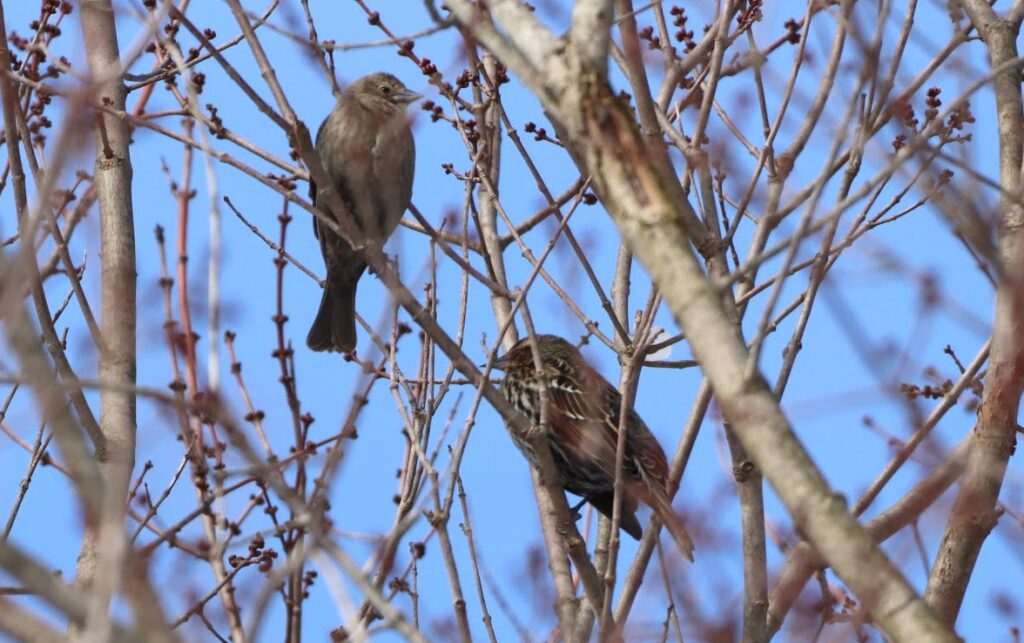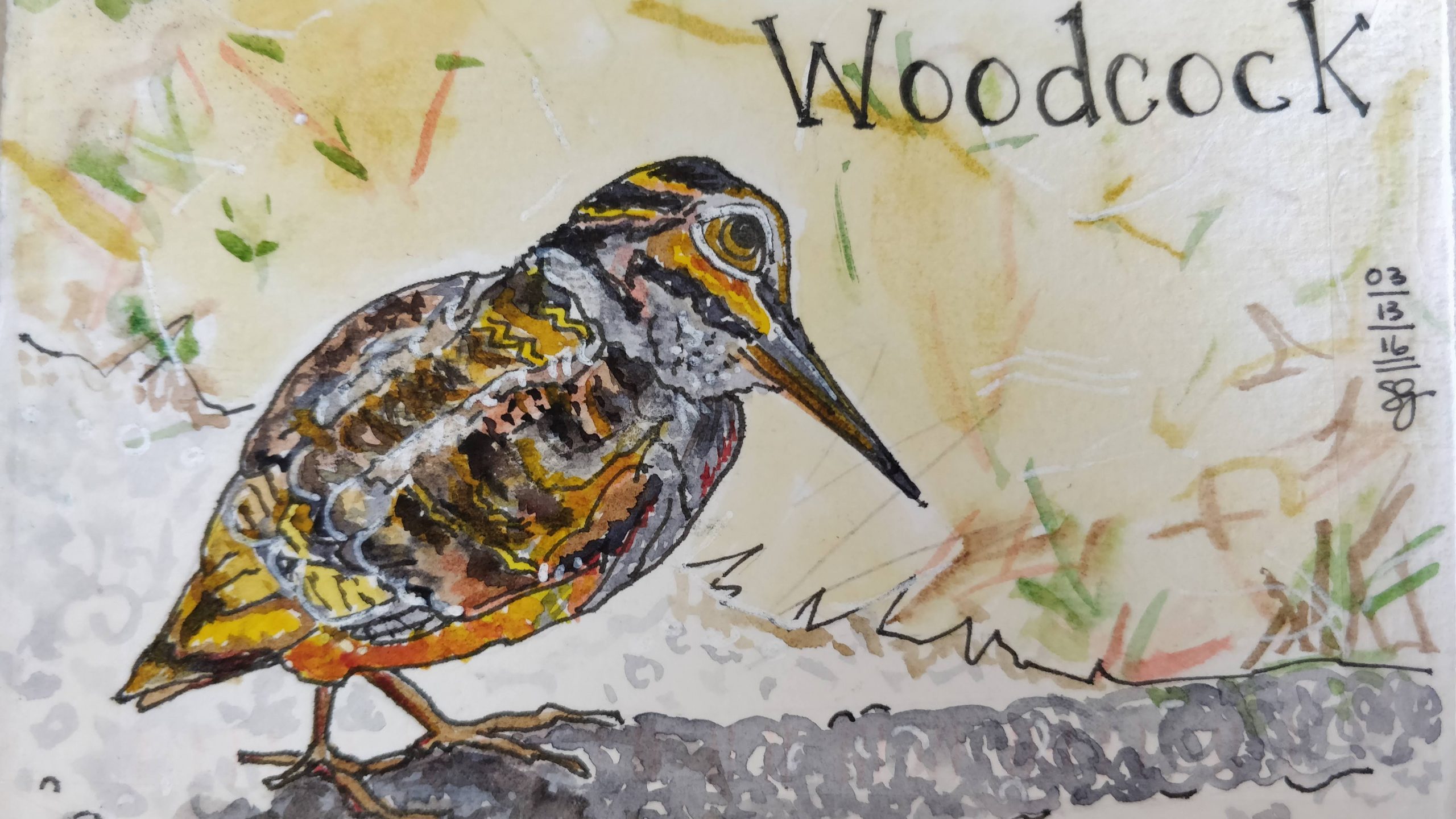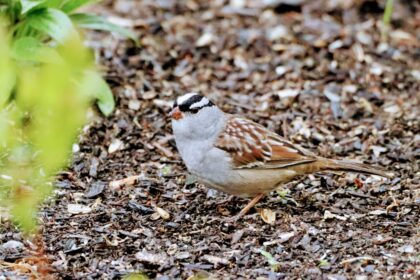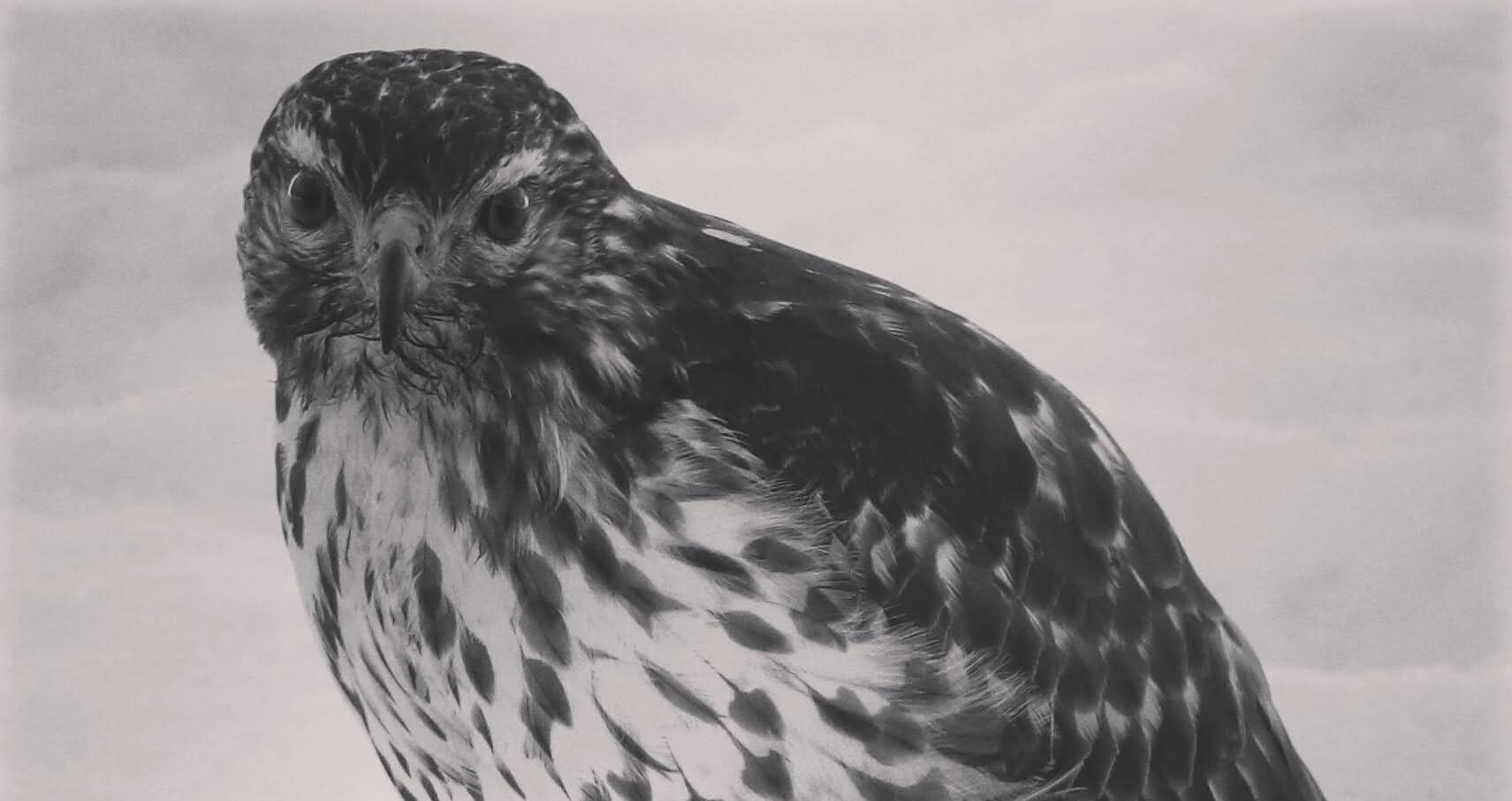Like an Easter egg in software, it’s something you don’t expect to find. Disney, Tesla, and video game makers have figured this out, and have brought amusement to many.
So, when a friend sent us this photo of some eggs in his planter on his front porch, imagine the delight! A beautiful array of eggs, perfectly colored, but wait, one is different. Was it something the bird ate?
In fact, it is one of the many wonders of the natural world: a brood parasite.
And what is that exactly?
A brood parasite, in this case, is a brown-headed cowbird, which intentionally lays its eggs in the nests of other birds, relying on them to raise it. Refer to my original post here about why the cowbird is a true mooch.

Amazingly, not only can they fool over 170 different bird species to raise their young for them, they accomplish this with some insane audacity.
If a cowbird finds a suitable nesting site but notes that the bird is not “in sync” with her schedule, she will wreak havoc on the nest and even the brood, making the bird build a new one, so that it is in sync with her schedule.
Now here is the really unfortunate part. If, for whatever reason, the cowbird figures out that her egg had been removed from said nest, she will then destroy the nest and the whole clutch too. Talk about revenge. What’s more…she can afford such insane behavior, having the ability to lay up to 40 eggs in a season. Some birds are lucky to rear 10 in a season.
These nutty behaviors have been learned by the hosts and they quickly caught on … don’t mess with the egg that doesn’t match. Amazingly, the host birds willingly raise the cowbird as one of their own.
And how did this type of brood parasitism evolve in the first place? The data is inconclusive, but studies have been done.
Here is something I found:
“Historically they followed herds of bison, eating insects kicked up by the animals’ hooves. It is unknown whether they developed their breeding strategy because they had to move frequently to keep up with the bison herds, or whether they were able to follow the herds because their breeding strategy gave them the freedom to do so. Expansion of agricultural areas and removal of forest cover have greatly benefited this species by providing more overall habitat and by giving cowbirds access to new host species that have not developed defensive strategies against nest parasitism. While it is clear that cowbirds have benefited from forest fragmentation, their role in population-level declines of many forest birds is less certain.”
–excerpt from Nest Watch
For further reading, check out this article, that explains it is best to leave the nest alone.

Lastly, on a much smaller, and happier note, let us be thankful for all the birds’ nests we have around. They are a delight!






[…] diet won’t work for the baby cowbirds and they don’t make it into adulthood. Here is another article on this rather annoying behavior known as brood […]
Congratulations on your conversion to what Dr. Doug Tallamy would call “Bringing Nature Home” . In West Windsor, Mercer County Park is attempting to create meadows and cut down on mowing. We need more !
My steward project is that install and monitor bluebird nest boxes. Let me know if you are interested.
Joanne,
Rutgers Environmental Steward
Class of 2019